How to cook yucca root on the stove top! Yuca is a carb-o-licious versatile root vegetable used in all sorts of comfort food recipes worldwide. Let’s dive on in!
When I went to the Dominican Republic a few months ago, I was blown away by the cuisine. Aside from the wide range of saucy slow-cooked meats (my favorite!), there was an abundance of fresh salads and stewed vegetables.
I became hooked on cassava and couldn’t stop eating the stuff. I was determined to incorporate it into my own cooking as soon as I got home, but then something happened: I couldn’t find yucca root anywhere.
Fun Facts About Cassava, or Yuca:
Cassava is more commonly called, “yuca” in the U.S. The root is often misspelled “yucca,” which is actually a shrub-like plant. Indeed, yuca is the actual starchy root vegetable that you eat. I use both terms throughout the post for SEO purposes. Winky face. 😉
Yuca root is very dense and starchy and is used just like a potato in many delicious dishes worldwide. It has a mild flavor, which makes it versatile for incorporating into numerous types of recipes. Basically, it can go anywhere a potato can go…and then some!
When I first started my search for yuca, I had a difficult time locating it. Most grocery stores put it near the other less-commonly used root vegetables. The grocery store I shop at keeps them next to the turnips, rutabaga, kohlrabi, and ginger.
Origin of Yuca Root:
The root is native to Central and South America, and you’ll commonly see it incorporated in to a variety of dishes in Latin American countries, Africa, Southeast Asia, and the Caribbean Islands.
Most roots can be consumed raw, but yucca is one of the few roots that must be cooked, as the peel contains cyanide. Another fun fact: yuca is where tapioca pearls and tapioca flour come from!
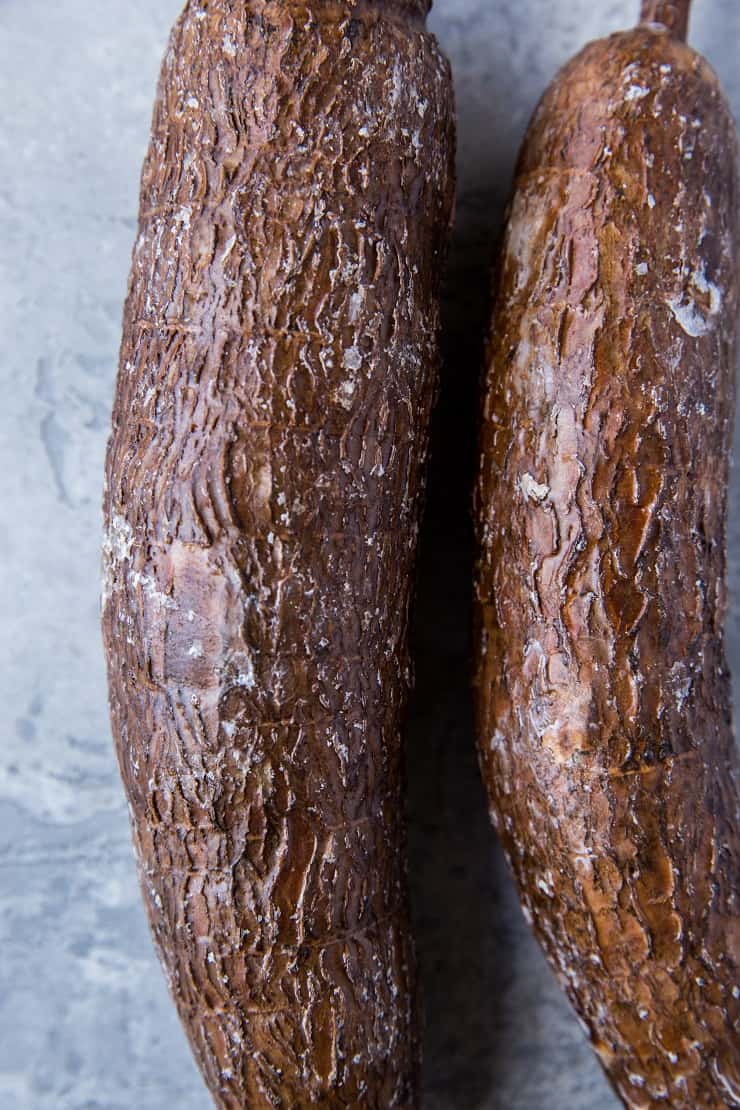
Although the root is very tough to peel, once you break through the outer layer, it can be made into fries, added to soups, stewed on its own with butter, salt, and spices, or even pureed and made into custard-like desserts and cakes.
This versatile root is the third largest source for carbohydrate in the tropics. Full of Vitamin C, potassium, folate, and fiber, yucca doesn’t boast the same high-octane antioxidant properties as other roots such as beets, but still does its part in boosting your immune system and keeping your digestive system regular.
How to Make Yucca Root:
1. Chop off both ends of the yucca root using a sharp knife.
2. Using a sharp knife, carefully slice down the full length of the yucca root. Be sure to cut through both the brown peel and the thick white layer.
3. Start at the thicker end of the root (if one side is thicker) and work your thumbs under one side of the cut. Be sure to get underneath the first white layer, too as it will help you peel the skin off in large chunks. Once you’re underneath the peel, you can work your thumbs down the length of the root, peeling the skin off like a jacket.
4. Once the root is peeled, chop it into chunks.
[Alternative method: You can also use a vegetable peeler!]
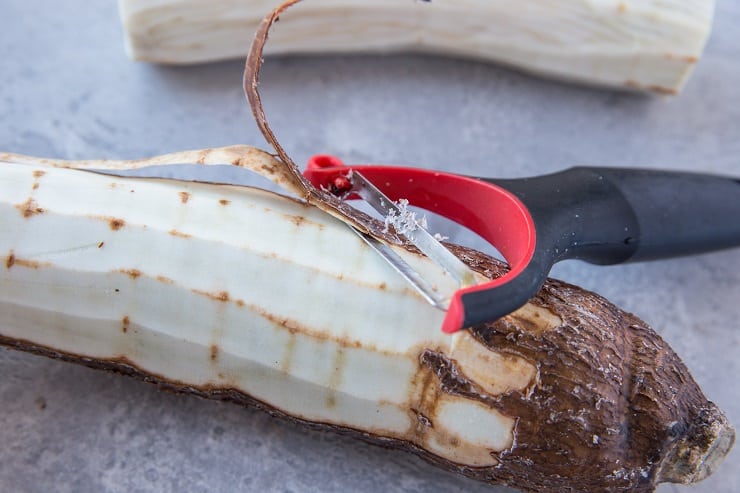
5. Fill a medium-sized pot with water and bring it to a full boil. Place the hunks of peeled yucca root in the boiling water, and allow them to cook for 15 to 25 minutes, or until the root is very soft when poked with a fork. The root will turn from white to yellow once it has cooked.
6. Cut the yuca chunks in half length-wise and remove the hard spine from each piece.
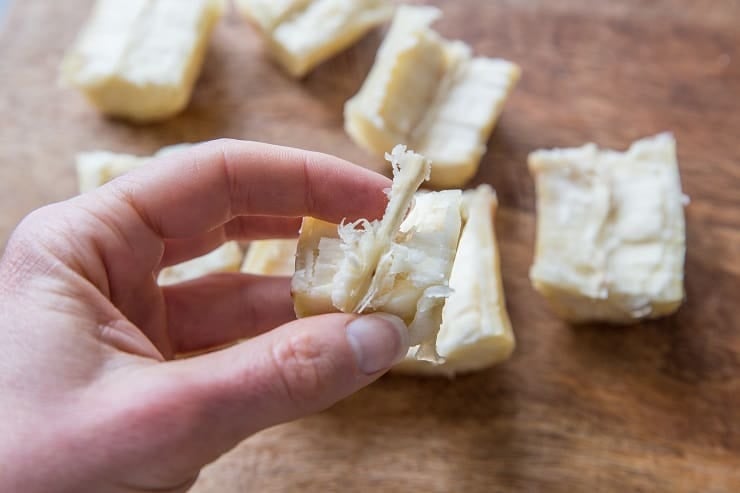
Now you get to use the yuca however you would like! I’m partial to sea salt, butter, and sautéed garlic, myself! Maybe a sprinkle of cheese. 😉
Every once in a while, I come across a yuca that has out-stayed its welcome at the grocery store. It can be difficult to know whether the root is fresh or not, since it is hidden underneath such thick skin. Here’s how you can tell
How to Tell When Yuca is Bad:
When you peel the root, it should be completely white. If there are dark grey/black lines, specks, or brown areas, the root has gone bad. You can see what I mean in this photo:
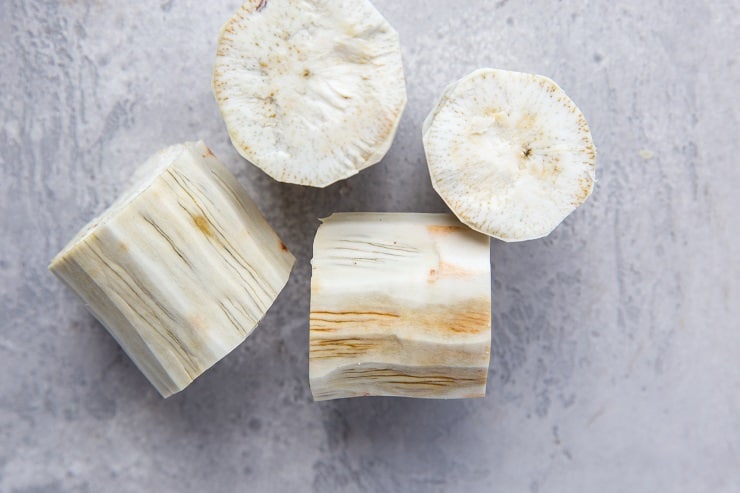
Some oxidation is normal after you peel a yuca, but it shouldn’t be discolored as soon as you peel it.
Can I Cook Yuca Root in a Pressure Cooker?:
In a word, YES! Cooking cassava in an Instant Pot is super quick and easy. To do so, follow my tutorial on How to Cook Yucca in the Instant Pot.
Serving Options:
Serve with some sauteed garlic and butter, or try one of these recipes:
- Bibingka (Cassava Custard) from Saveur
- Coconut Cassava Bars from Blahnik Baker
- Paleo Egg Rolls from Predominantly Paleo
- Sancocho Stew from The Noshery
- Baked Yucca Fries with Grilled Banana Ketchup from Spoon Fork Bacon
- Crispy Baked Yuca Fries from The Healthy Maven
Yucca. Make it your new russet potato.
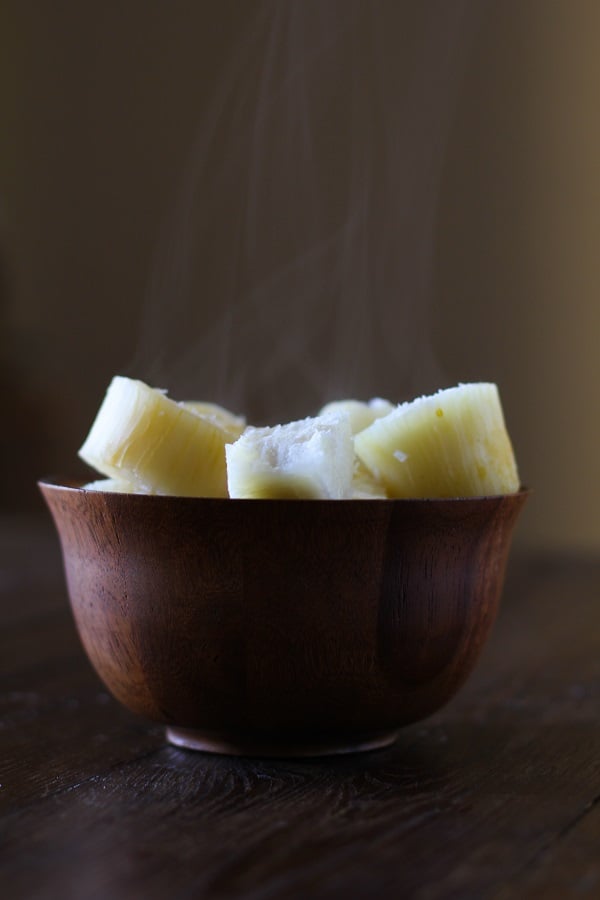
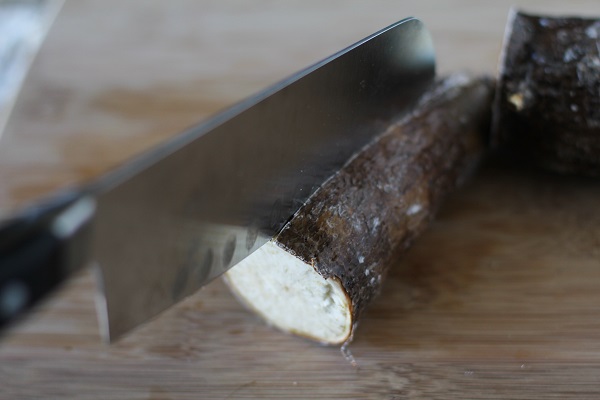
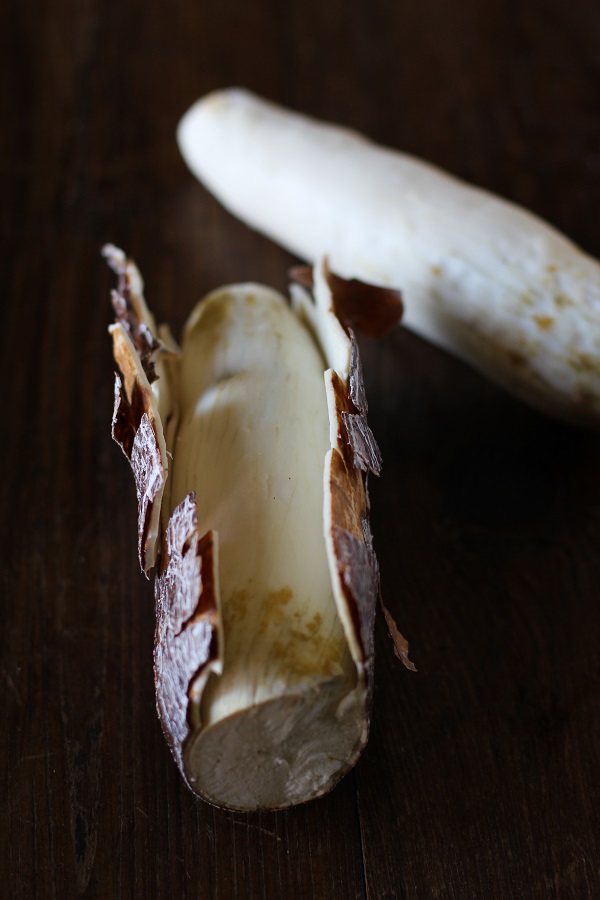
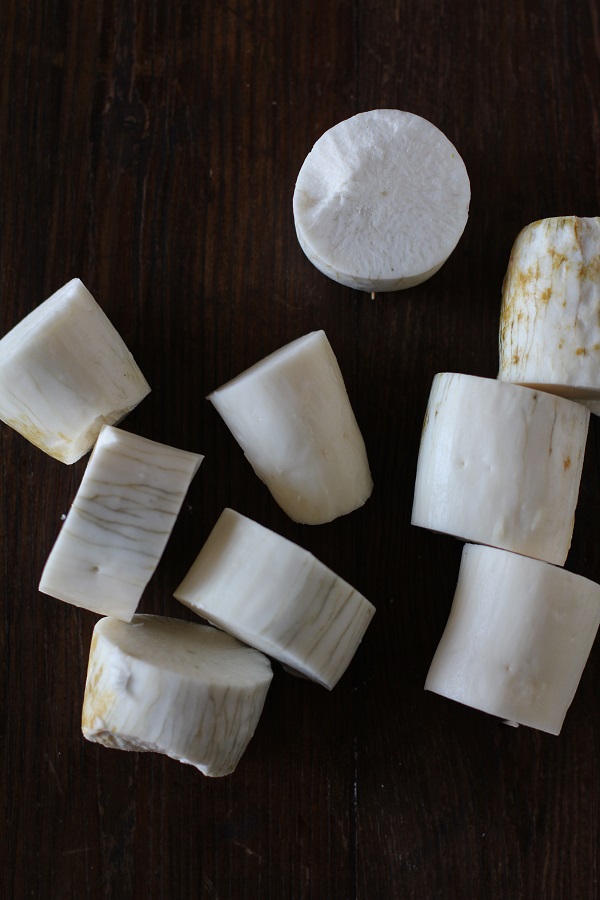
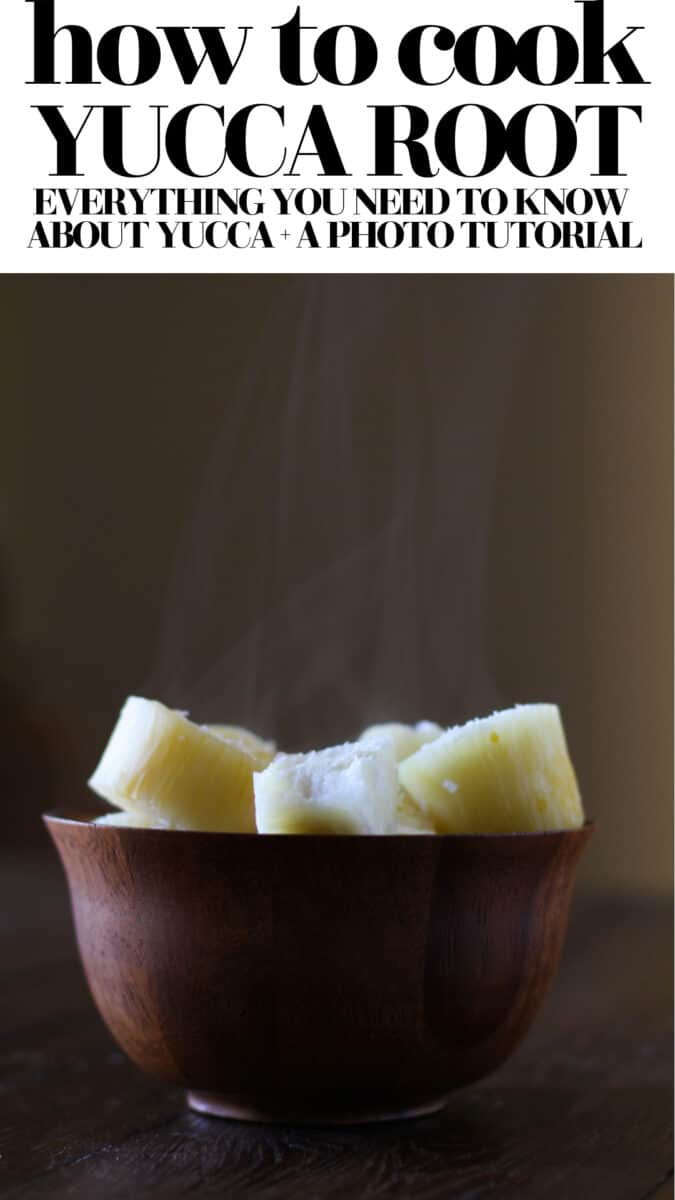

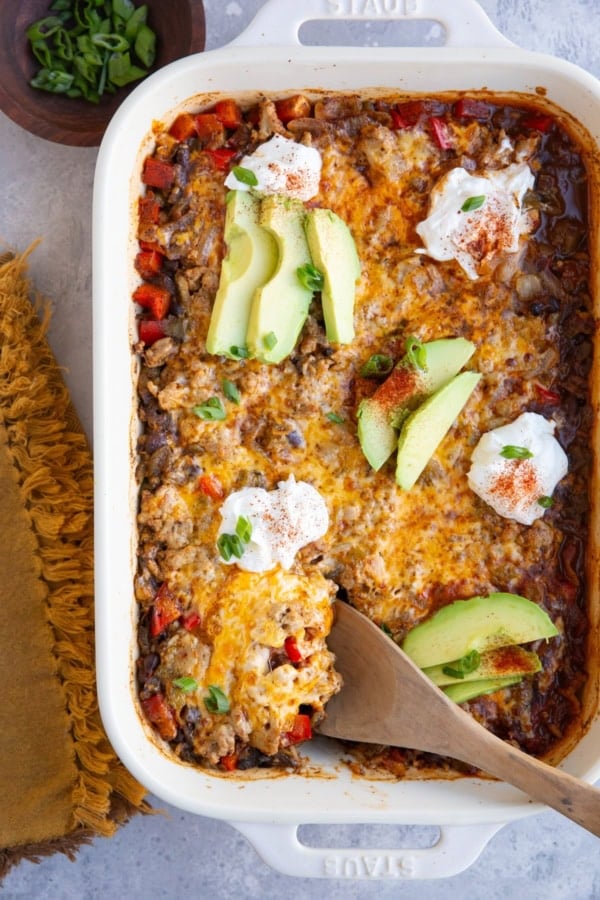
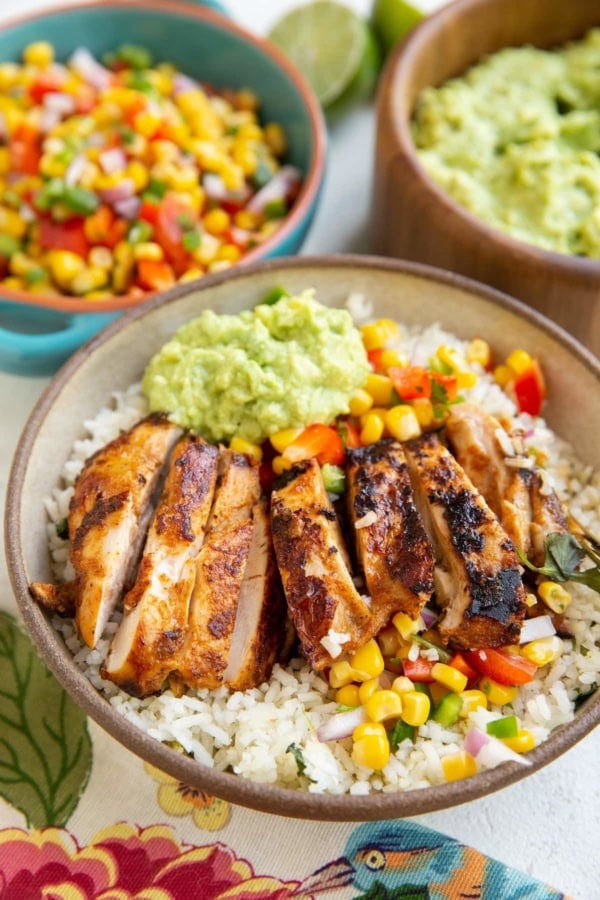
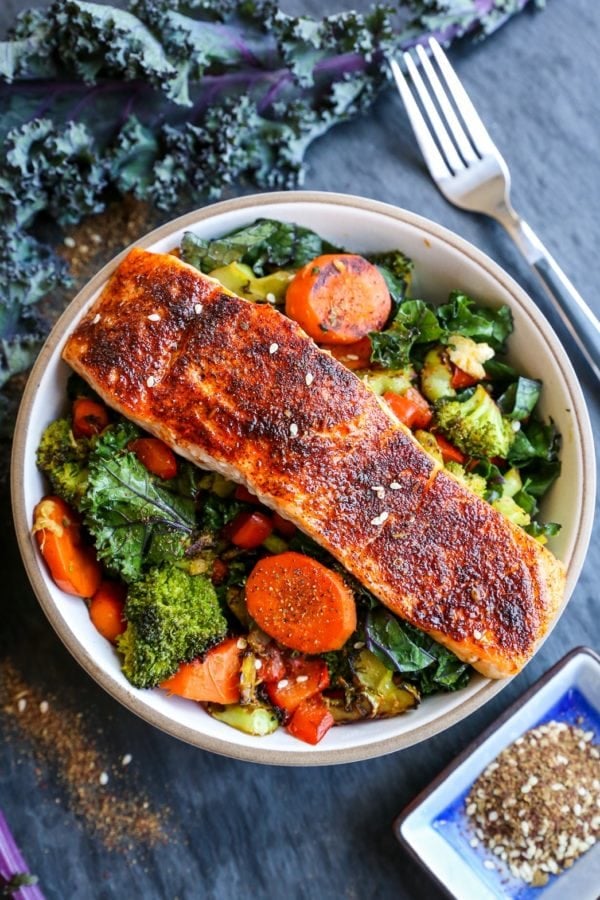
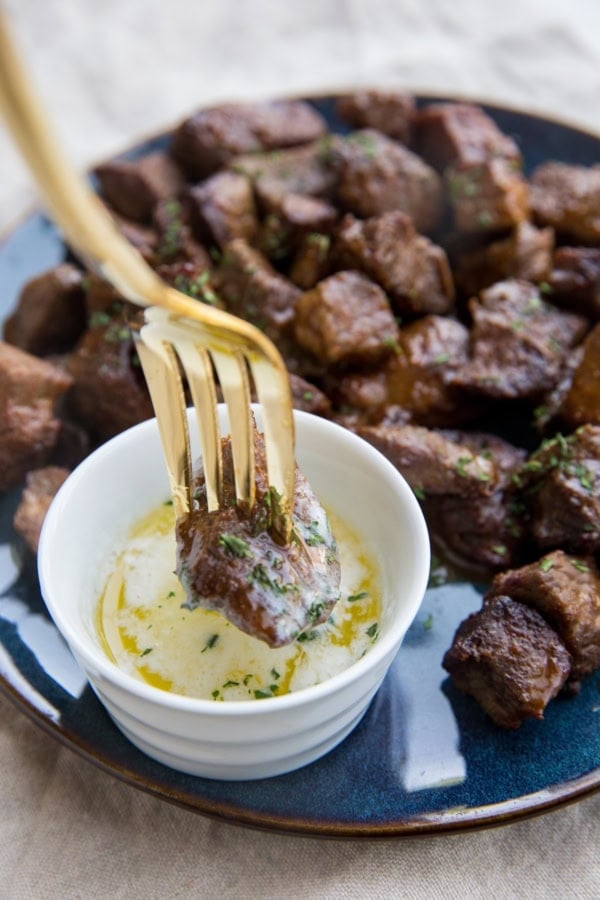









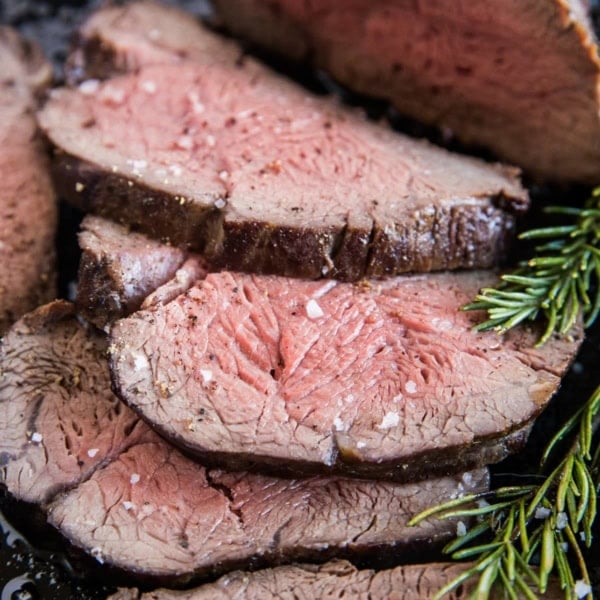
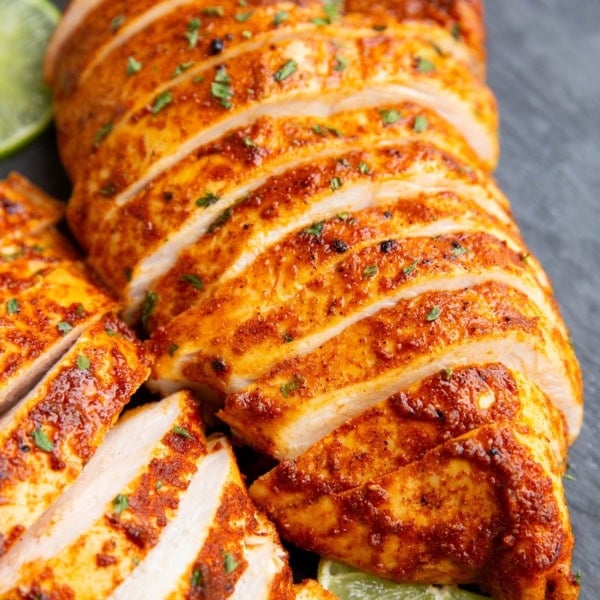
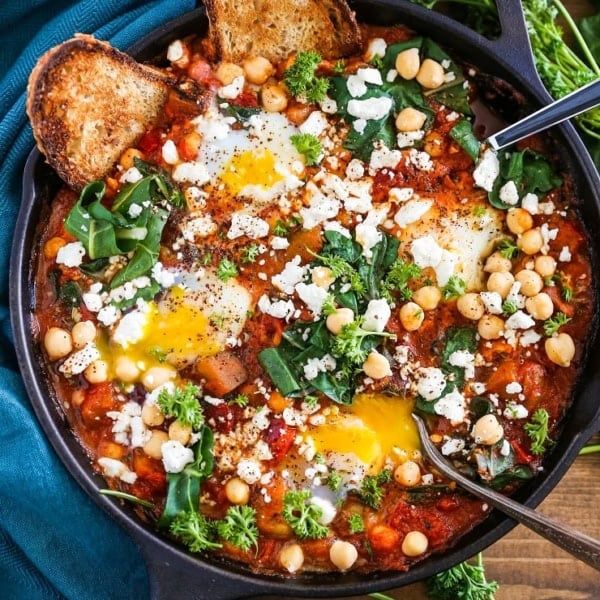
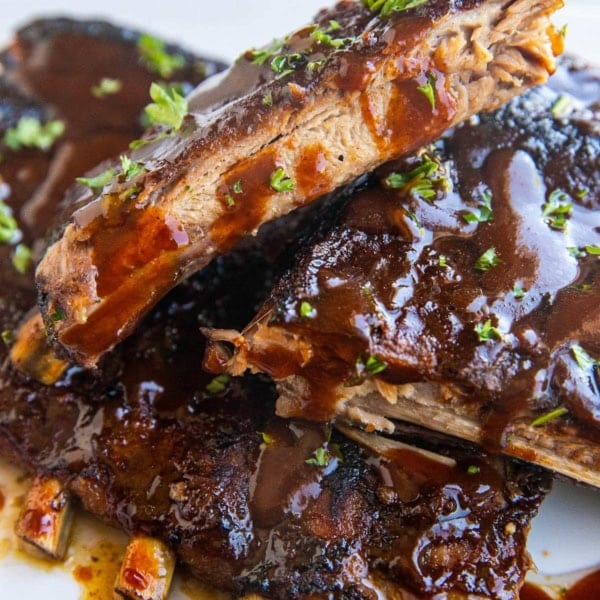
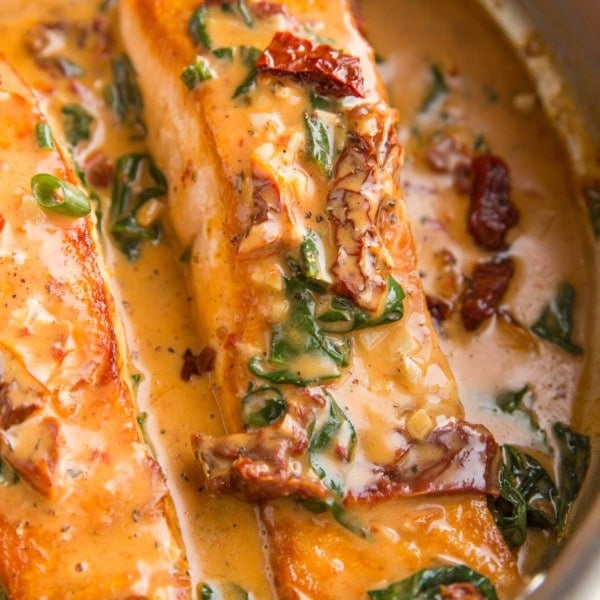
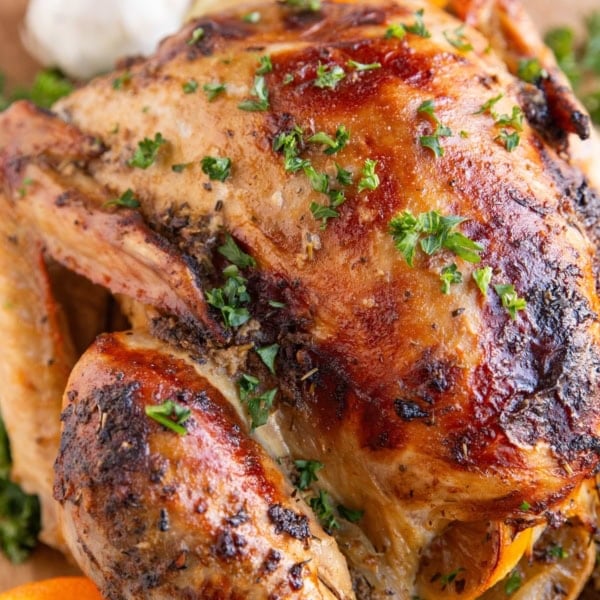
Hello. Could you use Yuca to make a cheesy potato dish for thanksgiving?
Thank you
Hi Tony! Absolutely! You can mash it, similar to potatoes or even scallop it. Let me know if you try it!
Haven’t had it scalloped in ages. I’ll probably pick some up soon and do just that.
I’ve also had bitter cassava (wild) in its endemic regions, that one is highly toxic if not properly prepared, compared to the cultivated variety we find in stores. It was an interesting experience, as it is a common famine food in those regions and the cultivated variety is of course, preferred.
One advantage of being military is trying different dishes from all over the world. Used to exchange recipes whenever we entered a new village, helped break the ice, as “find common ground” is the mantra. You can’t get more common ground than eating, since it’s something we all have to do!
I’m envious of your travels! Yes, it’s definitely important to be careful with this root!
After boiling (tenderize) you can drizzle oil, sal, little seasoning and bake it is so easy, less oil and delicious with abocado, cucumber cilantro sauce.
Great suggestions!
This is the most informative site for cooking.
Thank you, Amy!! 🙂 xo